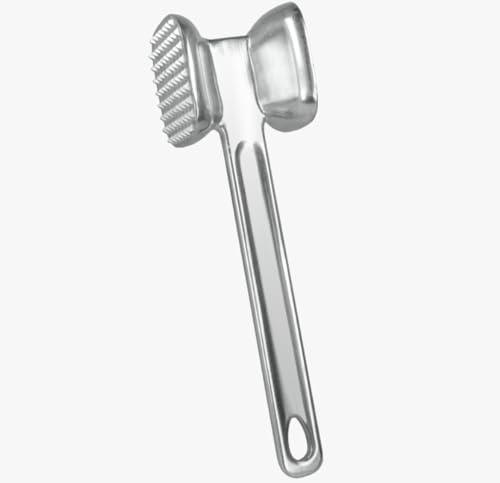The History of the Hammer
Throughout history, the hammer has been an essential tool that has played a crucial role in human development. From its early origins as a simple stone tool to the modern-day metal implements we use today, the hammer has evolved to become one of the most versatile tools in existence.
The Early Origins of the Hammer
The history of the hammer can be traced back to ancient times when early humans first began using stone tools. These early hammers were rudimentary in nature, consisting of a stone attached to a wooden handle. They were primarily used for tasks such as breaking open nuts, shaping wood, and pounding materials.
As civilizations developed, so did the design of hammers. The Egyptians, for example, created hammers with copper heads and wooden handles. These early metal hammers were more durable than their stone counterparts and allowed for more precise control over the striking force.
The Evolution of the Hammer
As metalworking techniques advanced, so did the design of hammers. During the Bronze Age, copper and bronze hammers became more common. These hammers featured sharper edges and were used for a wider range of tasks, including metalworking and construction. The addition of a metal head also allowed for more precise strikes.
In the Iron Age, iron became the material of choice for hammerheads. This further increased the durability and efficiency of hammers. Blacksmiths began forging hammerheads with various shapes and sizes to suit different purposes. The development of the claw hammer, featuring a curved notch on one side of the head, made it easier to pull out nails and became a staple tool in construction and carpentry.
The Industrial Revolution and Beyond
The Industrial Revolution marked a significant turning point in the history of the hammer. With the advent of steam power and mechanized production, hammers could be mass-produced with greater precision and consistency. This led to the development of new hammer designs and specialized variations for specific tasks.
One notable invention of this era was the power hammer, which used mechanical force to deliver powerful blows. Power hammers revolutionized blacksmithing and metalworking by increasing productivity and allowing for the creation of more intricate and complex designs. These machines utilized steam, air, or hydraulic power to deliver forceful blows, reducing the manual effort required.
The Modern Hammer
In the modern era, hammers have continued to evolve and adapt to meet the demands of various industries. Today, hammers are made from a wide range of materials, including steel, titanium, and fiberglass, offering different levels of durability and weight.
Advancements in engineering and manufacturing processes have also led to the development of specialized hammers for specific tasks. For example, ball peen hammers are used in metalworking, while sledgehammers are commonly used in construction and demolition. There are also hammers designed specifically for carpentry, upholstery, and even jewelry making.
With the rise of technology, new innovations such as pneumatic hammers and electric hammers have emerged. These tools provide even greater efficiency and precision, further enhancing the capabilities of this timeless tool.
The history of the hammer spans thousands of years and has witnessed countless innovations and advancements. From its humble beginnings as a simple stone tool to the highly specialized and technologically advanced hammers of today, this versatile tool has played an integral role in the development of human civilization. Whether it is shaping metal, breaking through walls, or driving nails into wood, the hammer remains an indispensable tool in our everyday lives.






